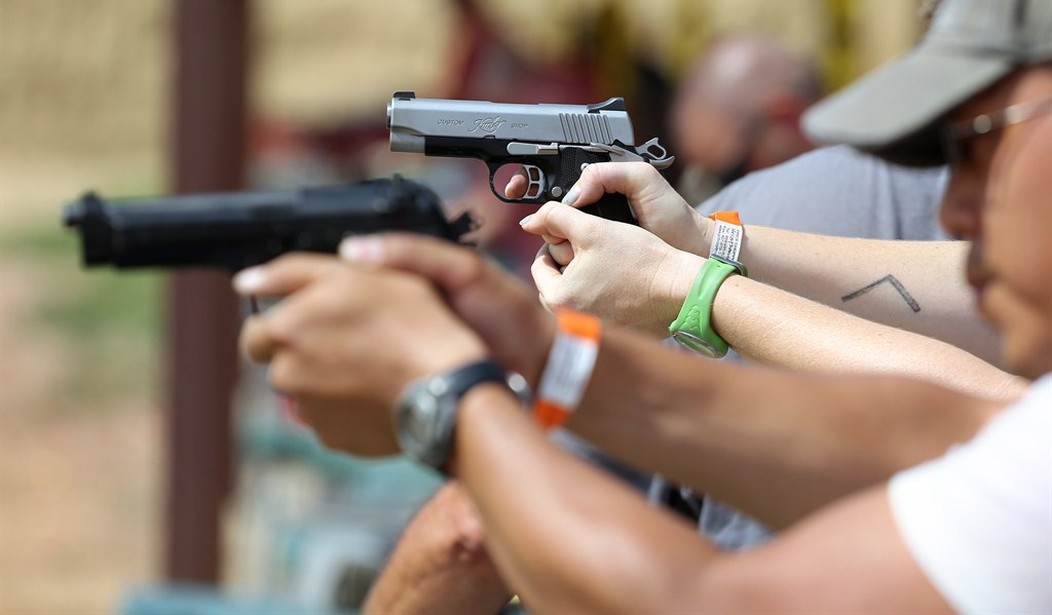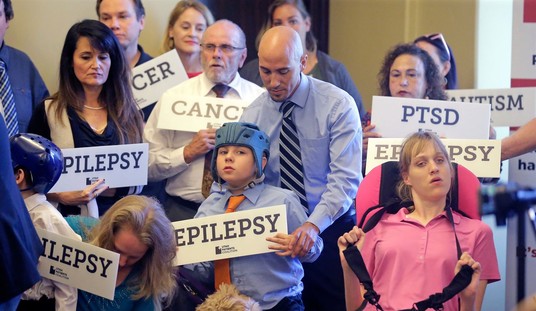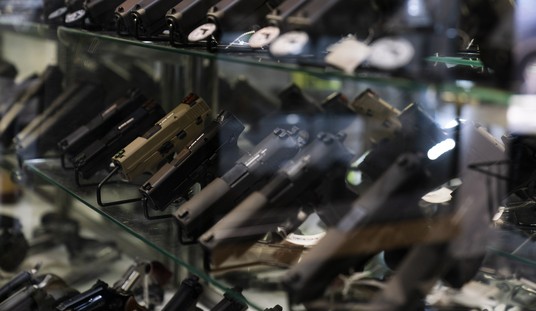The term "misinformation" got a major workout back in 2020 and 2021. Anything that went against the official party line involving COVID, for example, got labeled as misinformation and was targeted by social media networks. A lot of it was anything but, though, as we now know.
But some people still like to use the term. It's especially funny when they sling it, then immediately present misinformation.
In this case, it's a post at U.S. Catholic titled, "How misinformation and fear fuel America’s gun violence crisis."
Now, that could go either way, but the subtitle reads, "The data is clear: More guns don’t make America safer—they make gun violence worse," so you know where the bias lies.
But maybe it's not so bad. Let's take a look.
We live in an era when “facts” are disassembled, reconfigured—or worse, fabricated out of thin air—before being sown like toxic seeds into public discourse. So deployed, they are driving emotions and confirming prejudices that increasingly make it harder for people to engage in informed public policymaking.
Nowhere are such crippling disconnects and misconceptions more dangerous than in the national discussion of firearm violence. Other societies, grounded in common-good sensibilities inculcated at least partly by church teaching and tradition, responded to firearm massacres with rapid legislation to regulate or shut down firearm markets. An inability to grasp the true level and location of firearm injury and death contributes to a complex of bad policymaking. As the Trump administration throttles research and public messaging on gun violence, effective policymaking will become still harder.
The Gun Violence Archive recorded 503 mass shootings in 2024, a level of gun violence unimaginable in every other advanced economy in the world. But in the public imagination, part of a mythology promulgated by gun manufacturers and their servants at the National Rifle Association, guns keep America safe. The answer to gun violence is—what else?—more guns.
So, sure enough, they talk about misinformation in the headline, then present it in the third paragraph.
The Gun Violence Archive is the epitome of the phrase "lying with statistics." They use a definition of "mass shooting" specifically designed to drive the numbers up to a level that will terrify people, especially knowing that most people won't actually look at the data themselves.
I have, though. I know, for example, that many of these "mass shootings" have absolutely no fatalities. I've also looked at many of these individual cases and realized this was the result of gang-related activity. That means these weren't legally acquired firearms.
The actual number of mass shootings, as most people think of them, wasn't anything even close to one percent of that total above.
So yeah, misinformation.
And it doesn't stop there.
A 2023 survey found that 72 percent of gun owners cite personal protection as a major reason for gun ownership. But when you drill down to the real numbers, you discover the opposite is true: Guns don’t make you and your family safer. Instead, they make it more likely that you or a family member will suffer a firearm-related injury or death.
This is an assertion made without evidence.
I know what evidence would be presented, though, and it's a terribly flawed study that has been long debunked because it fails to account for criminally-held firearms in a home versus lawful gun owners.
Further, it is also likely predicated on rejecting the multiple studies that show defensive gun uses far outstrip violent crime throughout the United States.
Again, misinformation.
Because of comparably tough gun laws in Illinois, gun rights absolutists love to focus on the firearm mayhem in Chicago. Indeed, according to The Trace, a digital think tank tracking firearm injuries and deaths, Illinois scores at the top of U.S. states in terms of gun violence. But a giant contributing factor to Illinois’ gun woes can be located just across the border in Indiana, where a wide-open firearms market keeps the flow of weapons into Chicago a constant threat.
What is the time to crime, though?
How many of those guns coming from Indiana were purchased with the intent of being trafficked and how many were stolen guns that were then trafficked? That makes a huge difference, and it's funny how that's not addressed.
Further, if gun control works as the author states, then just how is it that Illinois's gun control fails to stop them?
Maybe because it doesn't?
Honestly, at this point, what more do I need to say?
Every "fact" presented here so far is blatant misinformation, the very thing the author decries in his headline. Why is our data misinformation, while his misinformation is just a simple fact?
The answer here, of course, is that it's not. This is someone who is trying to advance an anti-gun agenda and has sought out information that will help with that, in a prime example of confirmation bias at work.
But this isn't unusual. This was just one of many such examples we've probably all come across over the years.
It never gets less dumb, though.








